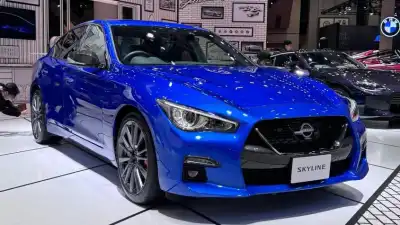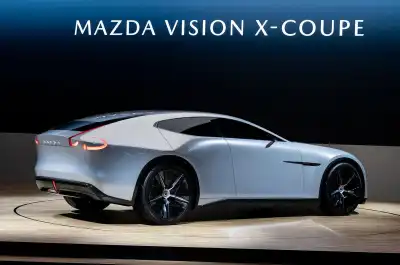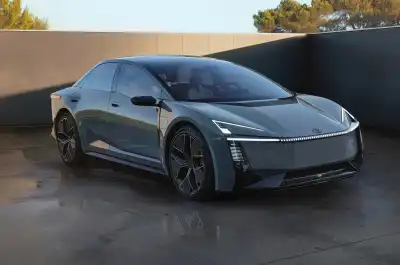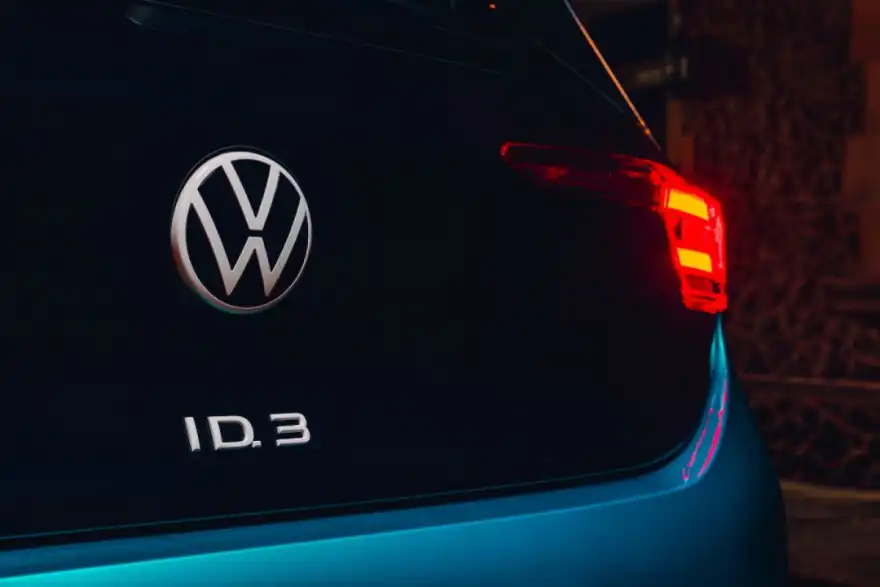
Pod Point, which was established in 2009 and has an extensive network of chargers in the UK and Norway, believes it is about time someone put the record straight and explained that at least 80 per cent of EV drivers charge their vehicles at home and are very happy with the service.
And they were also quick to point out that it has partnered with a number of large consumer companies such as supermarkets for customer convenience, offering free charging to boost the car’s range while the owner shops.
However, despite the improving state of the infrastructure, Pod Point said it is fed up with reading reviews by people who are testing EVs on a short-term basis and are probably relying totally on public charge points to boost the car’s battery.
In addition, many of these reviews are by people who are covering vast driving distances and therefore would be unlikely to opt for a pure EV in the first place.
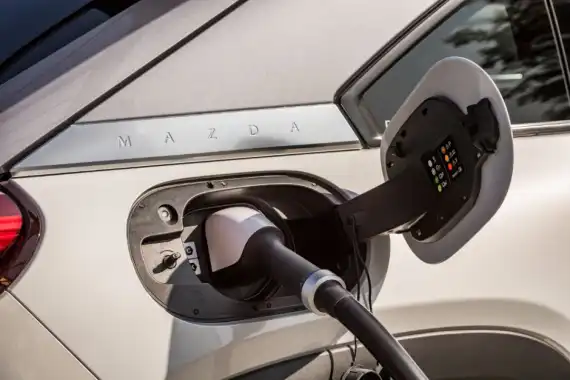
James McKemey, Head of Insights at Pod Point, said: “It is important to recognise that charging a car is not the same as refuelling one. Instead, a mixture of different types of charging infrastructure are required in different places, and we expect the majority of charging – around 90 per cent to take place at home or work, away from the public network. The car battery has more range than is needed, virtually full every time it gets driven, all but a handful of times a year.
“The public network broadly splits between destination charging, charging where a driver was planning to park anyway, and en route charging, with the en route network consisting of very high-powered chargers used during a driver’s journey, rather than at the end - much more akin to refuelling. Both require significant scaling up as mass adoption gets underway, and both have their challenges.
“Car reviewers, particularly those who test drive EVs for short periods of time and may not have access to a home charger or the time to use it upon delivery, are completely beholden to the en route network in order to operate the vehicle under the conditions needed to glean the requisite information for their review. And, often it’s the charging experience which gets an unfair press in spite of the atypical charging use which bears little resemblance to that of the average EV driver.”
And these comments are backed up by a future insights report from Ofgem that concluded 87 per cent of private EV charging currently occurs at home, eight per cent at work, four per cent at the destination and one per cent en route.
But it is the ‘en route’ service that is causing most concern rather than people who are lucky enough to have access to home chargers. And there also are fears we may not be ready for the new regulations that come into force in 2030 when the sale of pure petrol or diesel cars will be banned.
Mike Hawes, Chief Executive at the Society of Motoring Manufacturers and Traders, explained: “Electric vehicle sales are accelerating fast, with an ever-growing model choice attracting buyers into showrooms, and the automotive sector is keen to work with policymakers on appropriate regulations to drive the transition to zero emission transport.
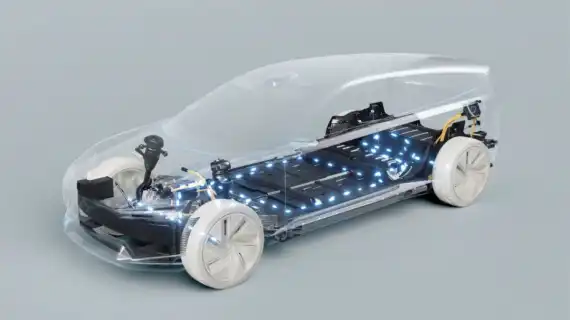
“The immediate barriers to greater uptake remain the same, however, with concerns around charge point availability and vehicle cost chief among them. That’s why we need massive investment to increase the number of charge points on our roads and vehicle purchase incentives to give motorists the confidence to switch to an electrified model.”
In addition, the Government is hardly helping the cause. It has reduced the plug-in car grant, it has reduced home charging grants and, while other countries are increasing their incentives to the consumer, we are cutting back on ours.
Mike Hawes added: “We will not meet our goals if we do not change the hearts and minds of consumers.
“That means giving consumers the incentive to buy electric vehicles. And not just business customers, retail customers. Customers need to be persuaded to invest in a vehicle that won’t be filled up in two minutes around the corner but one that could be charged at home.
“Over one in three households do not have a driveway or a designated parking space. Most early EV adopters can park and charge off street. But those in flats, terraced houses, shared houses, cannot.
“In London, with a population of nine and a half million there are only around 7,000 public charging points. One for every 1,300 people. And here is another crucial point. In the UK, one in ten of existing charging points doesn’t work.”
But in the meantime, Pod Point is certainly doing its bit to help out and is currently working with Volkswagen and Tesco with a plan to install 2,400 chargers in 600 stores across the UK. It is also partnering Lidl to fit a further 350 rapid chargers by 2022 and it has joined forces with Govia Thamselink Railway to open the largest EV charging hub in UK rail, providing facilities to many people who may not have access to a home charging point.
The company also installs smart home charging points for customers of major automotive brands including Audi, Nissan, Volkswagen and Hyundai.
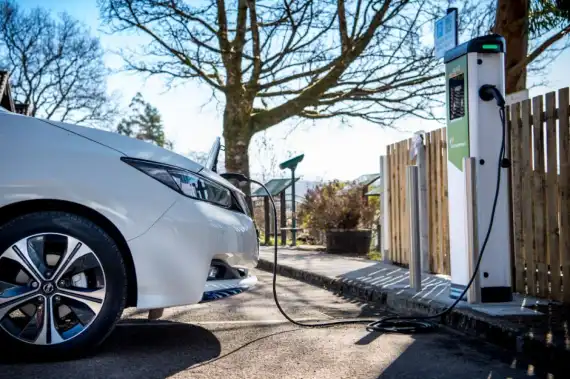
Comment: As a motoring journalist, who has access to a home wallbox for regular charging, test driving EVs is never an issue for me. And as the range on most pure electric cars these days easily covers the average daily commute, range anxiety is not an issue for a high majority of owners.
However, if I am testing a car with about 200 miles of EV driving range and need to travel further afield, it takes a little planning. I need to know where fast chargers are located along the route and then it can be a bit hit and miss whether or not they are operational, or whether they are in use and I will have to wait my turn. But there are more rapid chargers being installed constantly which is good news all round.
It's fair to say plugging in is not as convenient as topping up with fuel, but for the majority of EV drivers, the home charging set-up is ideal and a lot cheaper too.

